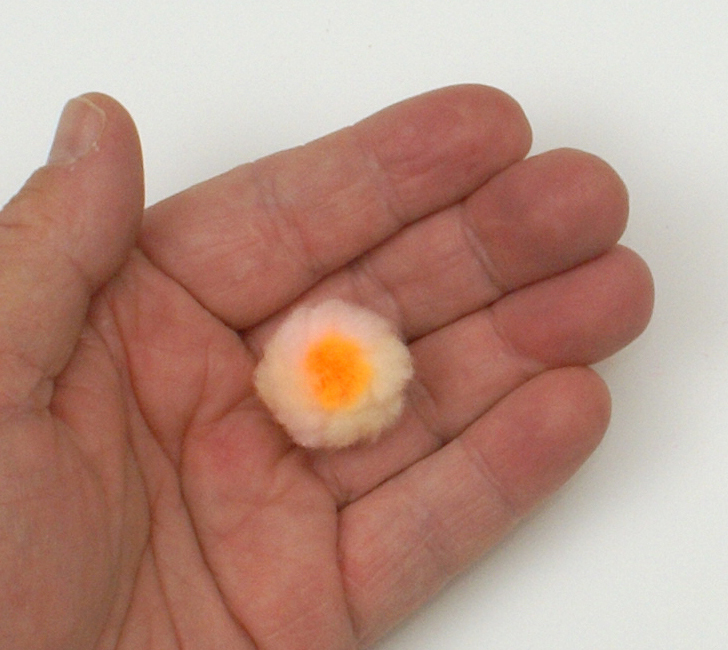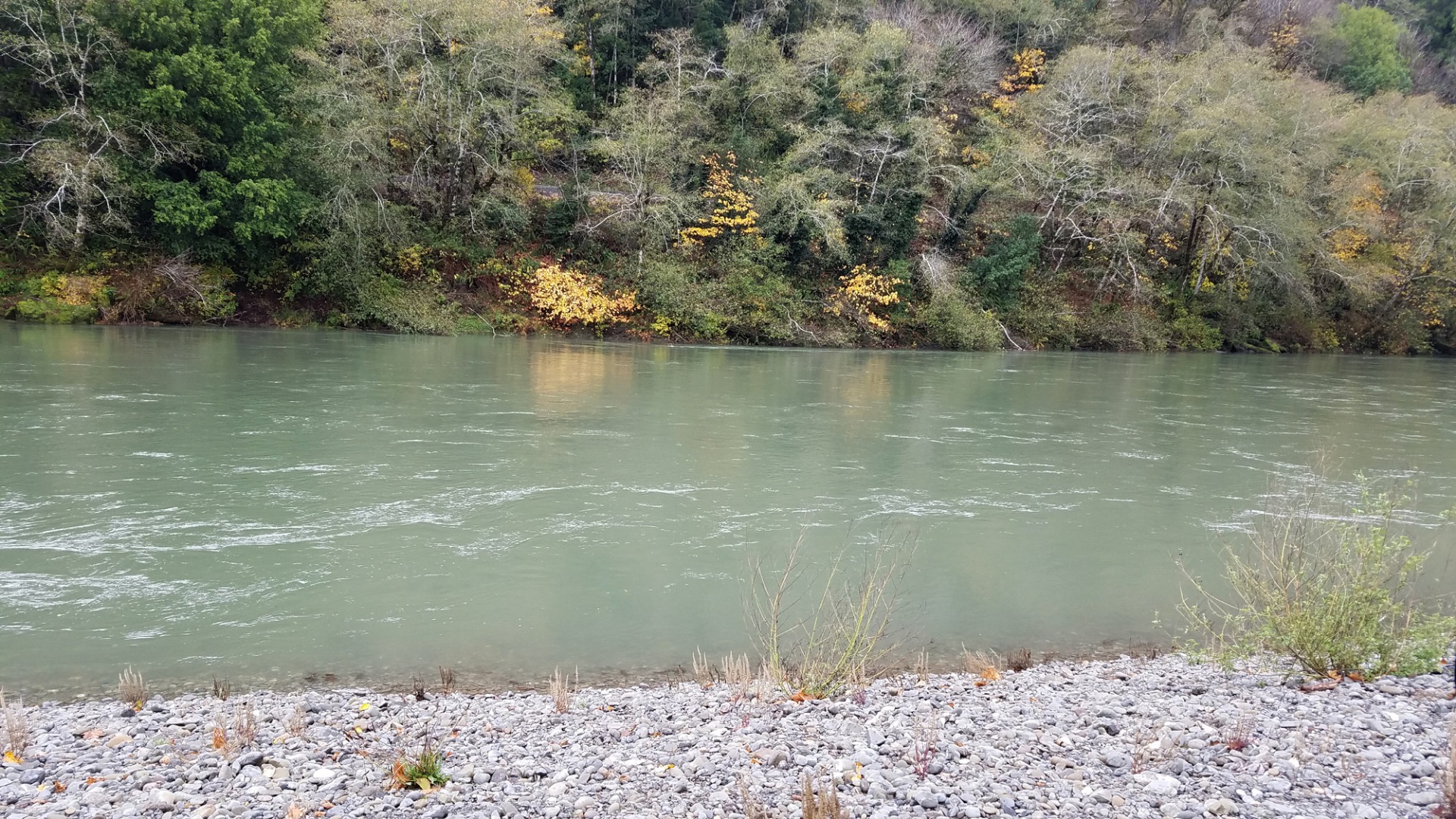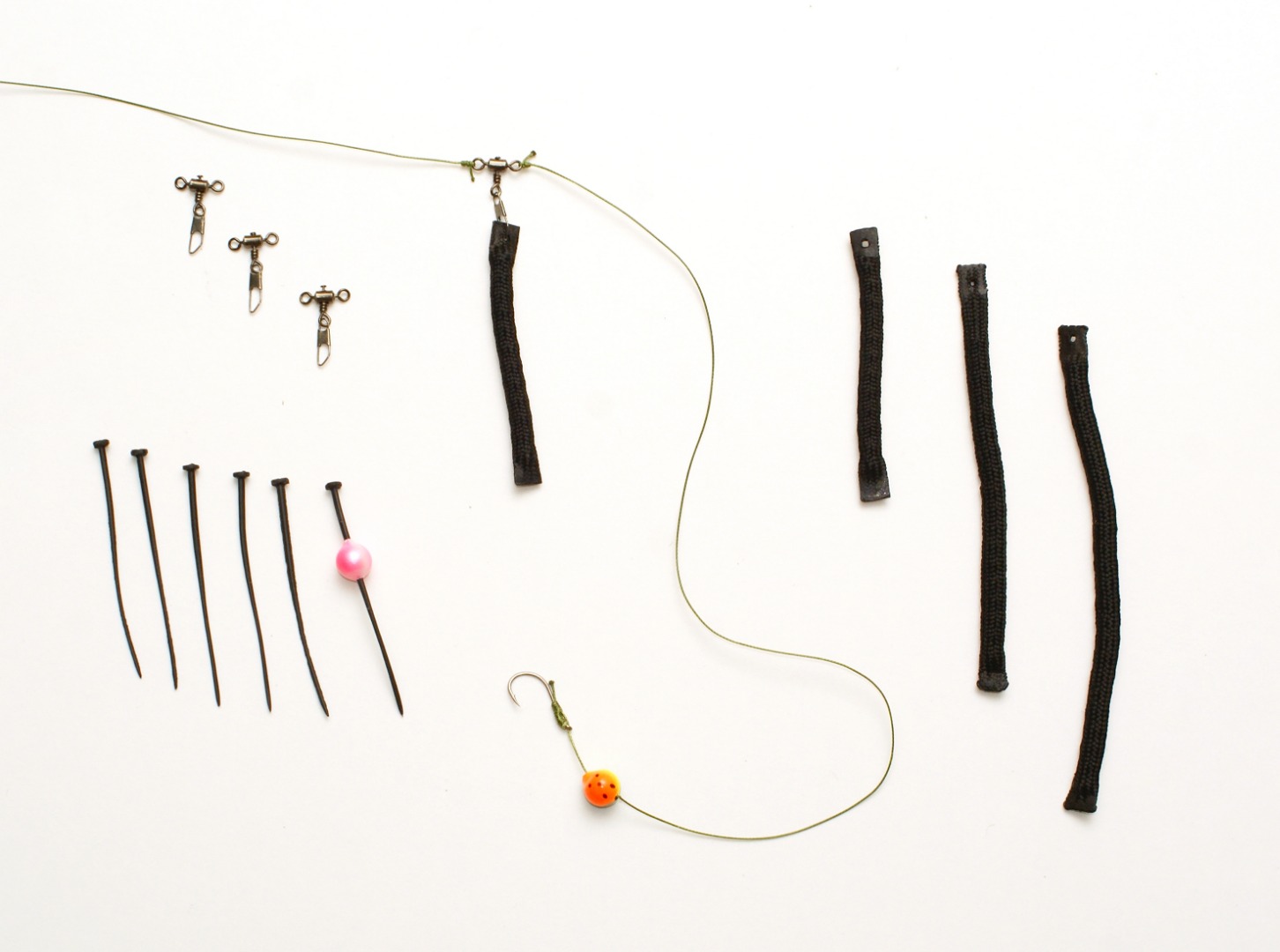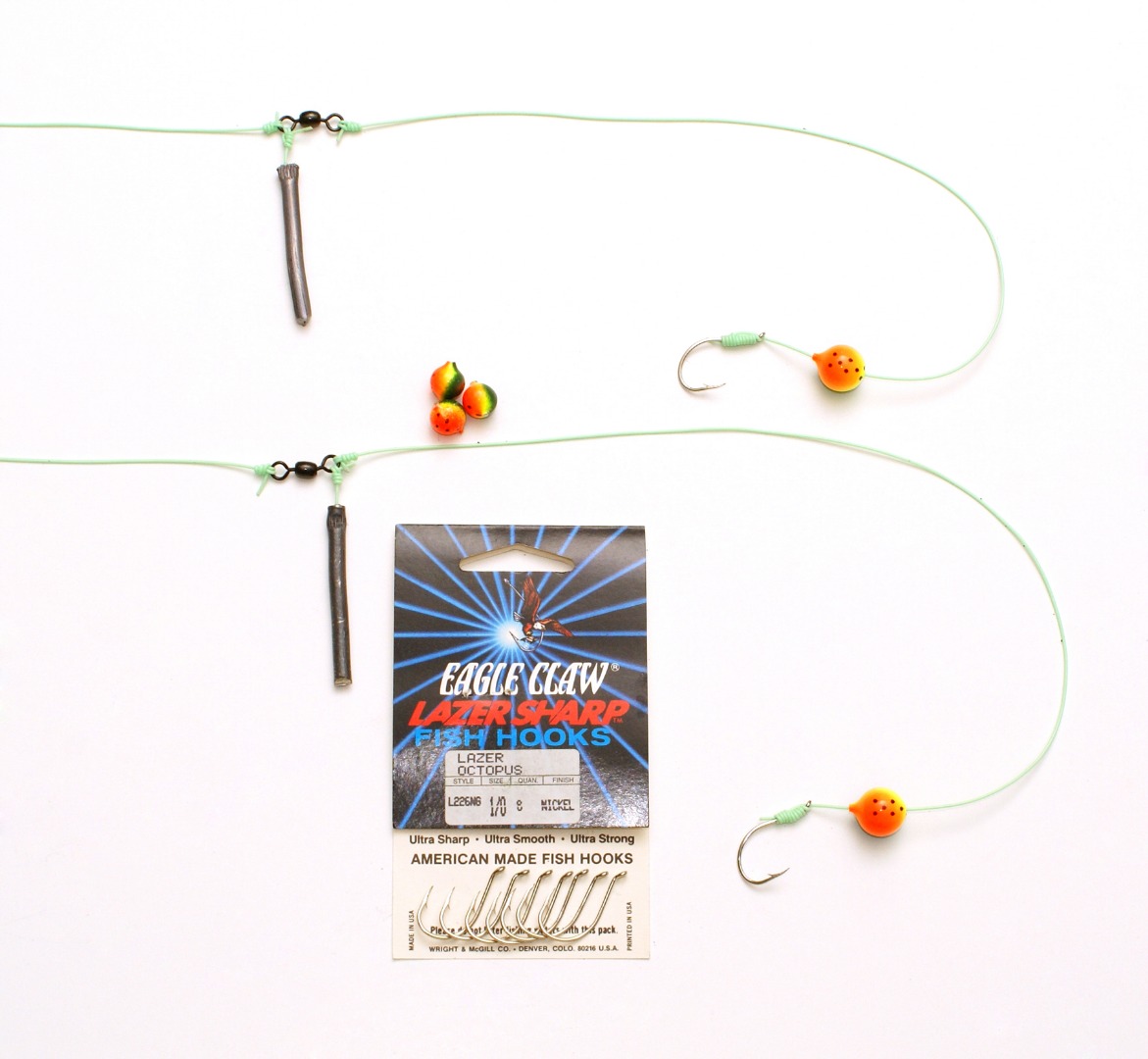Saltwater Fish Report for 12-15-2018
Drift-Fish Your Way into a Steelhead's Mouth
Chetco River - Brookings, OR (Curry County)
by Larry Ellis
12-15-2018
Website
It’s almost time to catch your first steelhead of the winter season, and if you’re a bank fisherman, drift-fishing is a prime way of getting them to bite. Whether you’re fishing the Chetco River or North Fork of the Coquille, every river has its favored drift-fishing water flows.
Notice that I didn’t mention the word “hot-spots”, mainly because hotspots can change at any moment’s notice. At any given location, a huge river blow-out can push mounds of sand around within a day, thereby changing the hot spot.
So, I’ve never been a hot spotter; I’ve always been a water reader.
So, if you want to be a successful steelheader, reading the water is key. It can make that so-called “fish of a thousand casts” turn into a “fish of several hundred casts” – or even less.
Entire books have been written about reading steelhead water, but the most important aspect of reading the water is identifying tail-outs.
So, how important are tail-outs to a steelheader? Steelhead are a lot like people. They would much rather take the elevator than take the escalator. To sum it all up, if you are not fishing a tail-out, you are just wasting your time.
Tail-outs are places on the river where soft, calm water are connected to fast, ripply water.
Fast ripply water has a frothy appearance on the surface, whereas the soft, calm water has a glassy appearance on the surface. Where these two places converge is metalhead dynamite.
In a tail-out, the soft calm water is usually facing the shoreline, whereas the fast ripply water is usually facing more toward the middle of the river.
Steelhead use these tail-outs to navigate their way upstream to their native spawning grounds. Steelhead can be found on the shore-side based part of the tail-out, the middle of the tail-out, or in the faster ripply side of the tail-out.
One short stretch of a river might contain multiple tail-outs, or the same stretch might only contain one tail-out.
The most important aspect of steelhead fishing is to work all facets of a particular tail-out, and for a bank fisherman, the most effective way of working these tail-outs is by deploying a technique called drift-fishing.
Drift-fishing is basically a repetitive process. It involves casting upstream of a tail-out at a 35-degree angle to the shoreline upstream, so that your lure is timed to arrive at the tail-out at a specific time. Your bites usually occur when your set-up is anywhere from 40- to 110-degrees to the original upstream angle of your cast.
A drift-fishing setup usually involves the use of lead. Where lead is slowly becoming illegal, then the use of slinkies is the only way to go. Whichever setup you choose to use, rigging up is a piece of cake, and the price of the components won’t hurt your pocketbook.
Back in the day, I used to use a sliding sinker method, which was a quick and easy way to rig up. And I caught many a steelhead using this rig.
But ever since I was introduced to a specific drift-fishing setup used by Buzz Ramsey, my hookups started soaring even more.
Buzz’s setup is a fixed rig, which is of tantamount importance in identifying definite strikes or those ‘could be strikes’. This is a pencil lead rig that uses hollow-core pencil lead.
First, tie your mainline directly to one end of a number 5 or 7 barrel swivel, and tie it so that there is at least a 3-inch tag end piece of line. The tag end of your line will be your lead line.
If you are using a baitcasting reel, rig up so that your lead line is on the upstream side of the swivel. Conversely, if you are using a spinning reel, rig up so that your lead line will be on the downstream side of the swivel, the tag end part of the leader end.
You’re going to want to use between 6- and 12-pound monofilament on the mainline coming off your reel. If the water is gin-clear, use 6-pound test and longer leaders. If the water has color to it, you can get away with 8-, 10- or even 12-pound test and shorter leaders.
When deploying this setup, hollow-core lead is a must or your rig is a bust.
If you are using a baitcasting reel, slide the hollow-core lead up the tag end of the leader coming to your barrel swivel so that there is about an inch of free space. Now, crimp the lead line onto the tag end with a pair of vice grips.
If you are using a spinning reel, then slide the hollow-core lead up the 3-inch tag end of your leader going to the barrel swivel and crimp the lead onto the tag end in the same way.
If you using slinkies for your weight, then add a small snap to the middle eye of a 3-way swivel.
Whether you are using pencil lead or slinkies, clip your pencil lead or change the size of your slinkies so that you are bouncing the bottom every 2-1/2 to 4 seconds.
Why use a fixed-weight rig, you might be asking yourself?
The answer is that you will feel more bites.
If your line should suddenly stop in the middle of a tail-out, that’s a probable bite too. In this case, lower your rod toward the water, quickly take up the slack, and then proceed to cross Mr. Metalhead’s eyes with all your might.
You can use beads, Puff Balls, Corkies, yarn balls, Okie Drifters or other egg-cluster imitations using this setup – they all work. So tie up plenty of leaders and get ready. Steelhead are coming soon to a river near you!
Tight lines!
Larry Ellis, author, writer, columnist and photographer has had a 50-year passion for fishing in California and Oregon's saltwater and freshwater venues. He is a well-known writer for Oregon, Washington and California Fishing and Hunting News, Northwest Sportsman, California Sportsman and Pacific Coast Sportfishing. He currently writes monthly for Salmon Trout Steelheader Magazine, and is the author of two books, "Plug Fishing for Salmon" and "Buoy 10, the World's Largest Salmon Run." Both books can be bought from Amato Publications (amatobooks.com), Amazon and eBay. Ellis particularly loves living in his hometown of Brookings, Oregon - The heart of salmon country and gateway to fishing paradise.
Photos
More Reports
Make Your Own Steelhead Yarn Balls
Chetco River
12-10-2018
Friday, December 21 marks the beginning of winter, and with a little bit of luck, the first big storm coinciding...... Read More
Chetco River Officially Opens to All Techniques
Chetco River
12-1-2018
Gear restrictions were officially lifted on the Chetco and Winchuck Rivers last Tuesday, when an onslaught of back-to-back low-pressure systems...... Read More

Website Hosting and Design provided by TECK.net

